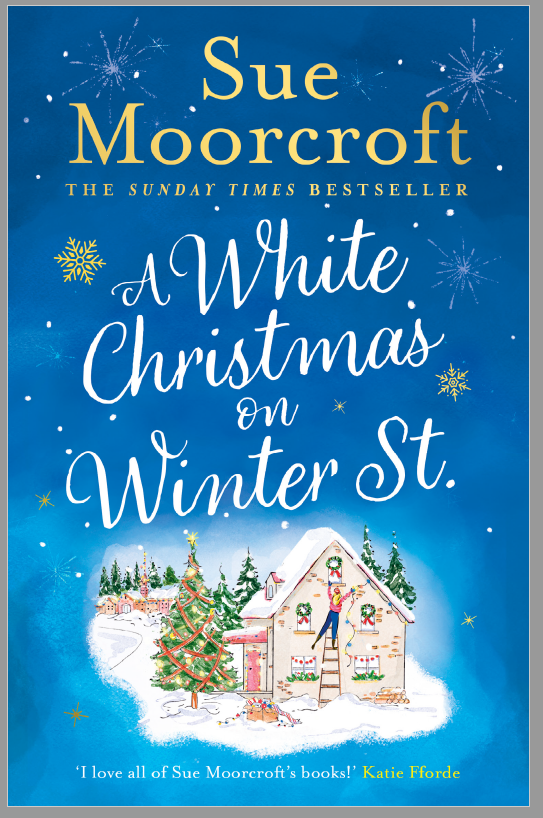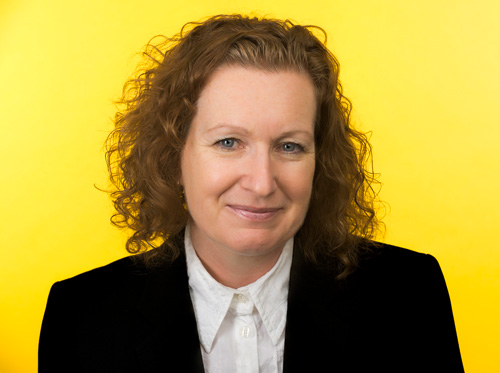

As a child, what did you want to do when you grew up?
I wanted to be an author. As soon as I knew that someone created what went between the covers of a book, I wanted to be that person. I didn’t make it happen until I was 44, but for the nine years before, I’d been writing for magazines, experience that stood me in good stead.
Have you ever traveled as research for your book?
Frequently! I consider it one of the perks of my job, even though there’s only me to foot the bill. Some of my books are set in Malta, Italy, Switzerland, Sweden or France. I love taking off with my laptop, a notebook, my phone (for its camera) and a list of questions I need answering. Each question can spawn several more once the research is underway. Although some authors seem to write brilliant books researched on YouTube, to soak up the feel of a place is essential to me. I come home with a library of research photos and leaflets and maps to refer to as I work on the book.
Have you listened to any audiobooks? Which did you enjoy the most?
I love audiobooks! I listen to a lot in my own genre, a few historicals, but also stories from authors of romantic suspense such as Kendra Elliot. I enjoy books relating to Formula One, a passion of mine, and a few autobiographies. An audiobook that sticks in my mind is But Enough About Me, the autobiography of the late Burt Lancaster, which he narrated himself. I laughed and cried in the street, listening to that book.
How do you come up with character names for your stories?
I store up names I see and like for my heroines and heroes. I keep a spreadsheet for every book so I can check that not too many begin with the same letter of the alphabet and no two names are unworkably similar. I bear in mind the audiobook, too. I once had a Genevieve and a Jennifer, two names that were visually different. But when they were shortened, they were Gen and Jen. I’ve also chosen family member names and then realised they rhyme with the surname, like Lacy Cracey and Brenna Jenner. I give names I don’t like to characters I don’t like, because I don’t want to waste a good name on them. My street team, Team Sue Moorcroft (which can be joined at my website www.suemoorcroft.com) helps me with minor character names. I go onto our Facebook group and say, ‘I need a name for the heroine’s husband. He’s in his early forties and comes from Norfolk. He’s not a particularly sympathetic character.’ I then choose either a name that has been suggested several times, if it fits in, or just the one I like best. In the example I gave, ‘Adey’ or Adrian was suggested several times. An Adrian two-timed me when I was fourteen, so I thought, ‘Yeah…’
How do you process and deal with negative book reviews?
I feel sad and nettled and the review can stay on my mind for quite a long time. But, in the final analysis, it’s not something I can change. I don’t expect everyone who begins one of my books to love it – I don’t love every book I begin to read, after all – but it’s disappointing when the review is rude and hurtful, rather than substantiated by reason. My favourite was someone giving me a two-star review because s/he didn’t like the prologue. There was no prologue. How I itched to be able to say so…
How important was professional editing to your book’s development?
Huge! I’m a big believer in the editing process. As the author, I find I can’t see the woods for the trees and so an objective eye makes a huge difference. In A White Christmas on Winter Street I used a situation I knew of from my years in a bank. My editor didn’t like the character’s motivation for committing the fraud and asked me to change it to something more nuanced. I nearly burst my brain for about ten days but what I came up with was, in my opinion and in my editor’s opinion, much better. It left room for a variety of opinions on his thread of the story.
How long did it take you to write this book?
I usually say six months, because I write two books a year. However, it’s not so simple as that as I’m currently promoting A White Christmas on Winter Street, editing An Italian Island Summer (May 2023) and writing the first draft of A Christmas Love Letter (working title for winter 2023). It’s not that I can spend six months on one project and nothing else, then move onto the next.
How many hours a day do you write?
The daily tally varies as I do a couple of Zumba classes a week, but, including social media and everything, about fifty to sixty hours a week.
If you were to write a spin-off about a side character, which would you pick?
I do this quite a lot. Some of my books are set in my fictious village of Middledip in Cambridgeshire, England, so the sister of the heroine in book A might be the heroine herself in book B. An Italian Island Summer is loosely linked to Under the Italian Sun as the heroine of the latter, Zia, had a best friend, Ursula, and readers asked for Ursula to be given her own story. It was interesting to take the facts that we already knew about her – that she was part of a big family in Dublin, and that her marriage had broken up after a drug assault on her that her husband blamed her for – and think more deeply about them. Then I had to consider her family and all her other relationships. And she had to have a good reason for going to Sicily, where the book’s set. It’s like a jigsaw but as well as fitting the pieces together, I have to create the picture too. A linked book is different to a series in that both (or all) the books are standalone stories with their own central characters, but will have some characters in common.
What advice would you give to help others create plotlines?
Start with your central characters. Give them backstories, conflicts and goals that can create dilemmas and obstacles. Make the conflicts and goals of one impact upon the conflicts and goals of the other. Can you create a unifying factor – for example, she could be a couture milliner and he be searching for a very special present for his sick mother. (NB The central romantic aspect of my books concern male/female relationships but this isn’t the case for every author.) Each character has his or her own conflicts, but that unifying factor can make it possible for them to get involved in each other’s lives.